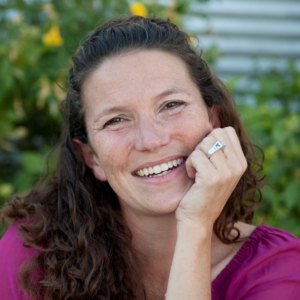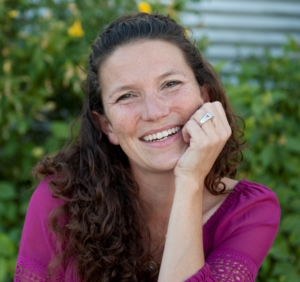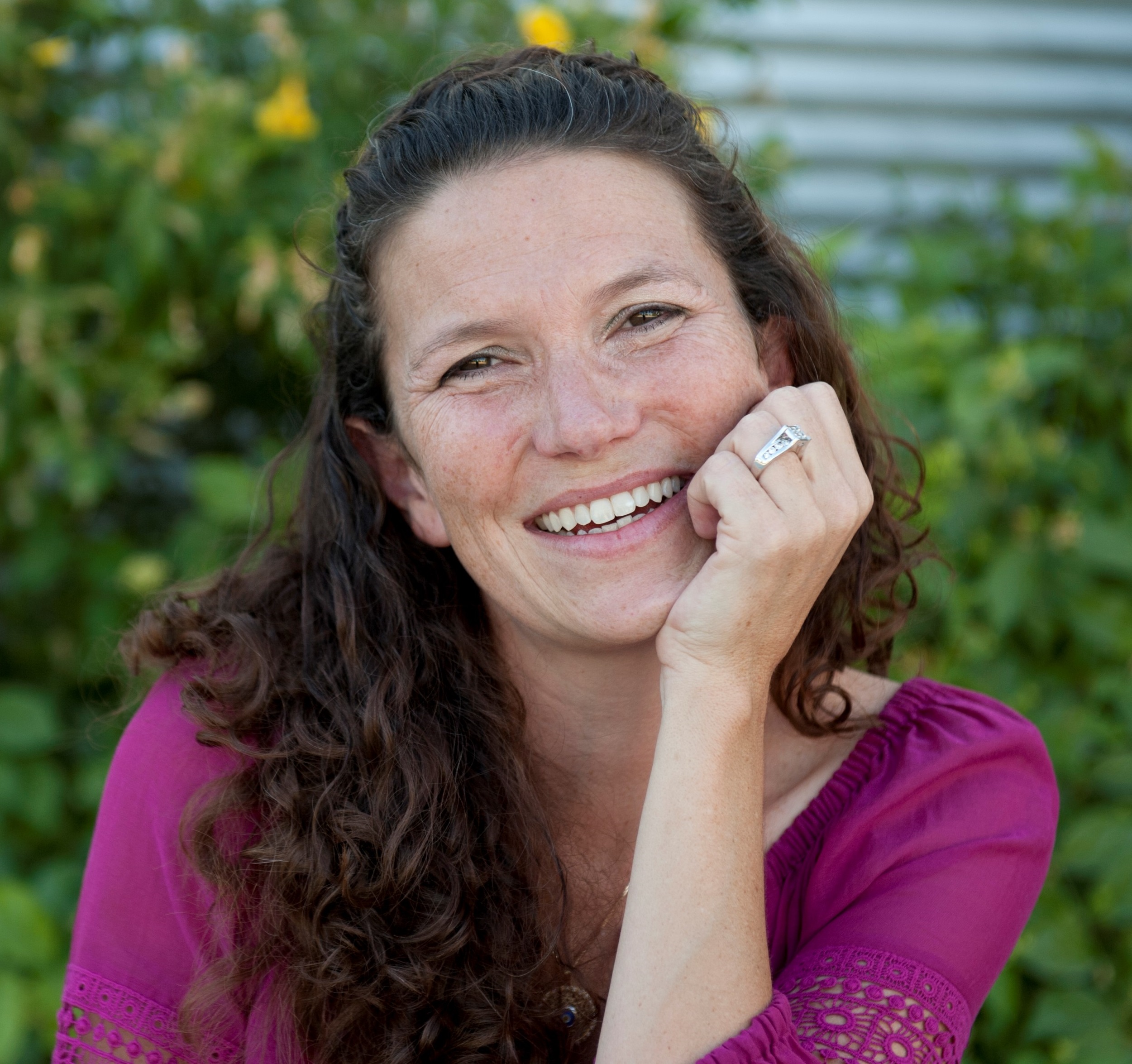Lifelong Learners
Lifelong Learners
In this week’s blog on education, curriculum designer and writer Caroline Slee-Poulos shares the big picture of why we do what we do: lifelong learners.
In education, we like to express the most important goal of any classroom as creating lifelong learners. This takes shape in different ways at different ages. At the younger ages, it is obviously the standard reading, writing, and arithmetic. As adults, it becomes a bit more complex,
We have to ask about goals and the big picture when it comes to adults. As adults, we want to move forward: we want promotions; pay bumps; increases in job title.
I would posit that what we really seek is GROWTH.
Realistically, growth is what we all seek.
As employers, we want hires who know the business. We are noticing that students are not graduating school with the necessary skills for the business. Trade skills are in short supply and require more education than the standard K-12 that is available to students today. Funding at the high school level for the trades has been reduced to a point where students are graduating high school without the necessary skills for our industry.
Take our industry out of the equation.
What does it say about us that our graduates are not prepared for the world of technical work?
I think it says that we are in a situation of catching up. Academics are not quite at the point we need them to be when it comes to “work ready” employees. We can’t expect high school graduates to know everything they need to know when they graduate high school. The reality is, if you invest in your people, they will invest in you.
What we want to see at every level are people committed to learning. This doesn’t mean the stereotypes of the ivory tower. This means having people who consistently strive to better themselves, who push for higher levels of understanding and accomplishment.
At the end of the day, education is all about creating the foundation that leads to lifelong learning. Lifelong learners are known for consistently striving to better their performance and their results.
Aren’t lifelong learners what you want to see in your business?
As Ron would tell you, the time is now. When it comes to your commitment to learning, I would posit that the time is always.



